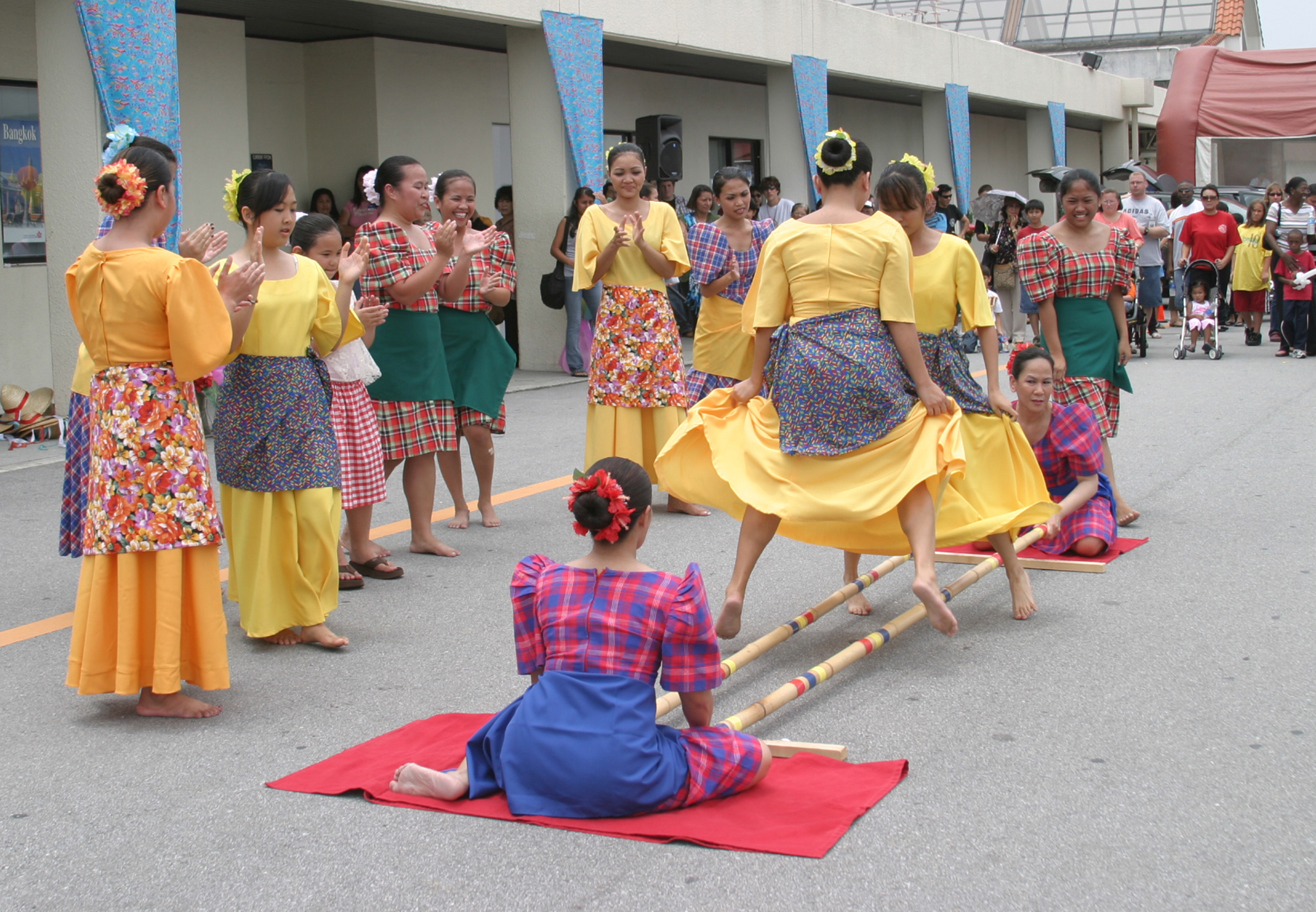|
Maglalatik
The ''Maglalatik'' (also known as ''Manlalatik'' or ''Magbabao'') is a folk dance from the Philippines performed by male dancers. Coconut shell halves are secured onto the dancers' hands and on vests upon which are hung four or six more coconut shell halves. The dancers perform the dance by hitting one coconut shell with the other; sometimes the ones on the hands, the ones on the body, or the shells worn by another performer, all in time to a fast drumbeat. Maglalatik can be seen as a mock battle between the dancing boys. The dance is intended to impress the viewer with the great skill of the dancer. In some "Filipino Martial Arts" (FMA) circles, it is noted that the ''Maglalatik'' "consists of a trapping and boxing method hidden in a dance." The name of the dance means "latik-maker", from latik, a coconut product that is used in Filipino cooking. The dance is also a war dance depicting a fight between Moros and Christians over the latik. References See also *Music of the Ph ... [...More Info...] [...Related Items...] OR: [Wikipedia] [Google] [Baidu] |
Tinikling
Tinikling is a traditional Philippine folk dance which originated during the Spanish colonial era. The dance involves at least two people beating, tapping, and sliding bamboo poles on the ground and against each other in coordination with one or more dancers who step over and in between the poles in a dance. It is traditionally danced to rondalla music, a sort of serenade played by an ensemble of stringed instruments which originated in Spain during the Middle Ages. The locomotor movements used in tinikling are hopping, jumping, and turning. Origin The name ''tinikling'' is a reference to birds locally known as '' tikling'', which can be any of a number of rail species, but more specifically refers to the slaty-breasted rail ('' Gallirallus striatus''), the buff-banded rail ('' Gallirallus philippensis''), and the barred rail (''Gallirallus torquatus''). The term ''tinikling'' literally means "to perform it ''tikling''-like." The dance originated in Leyte, Island in Visaya ... [...More Info...] [...Related Items...] OR: [Wikipedia] [Google] [Baidu] |
Latik
''Latík'' () refers to two different coconut-based ingredients in Filipino cuisine. In the Visayan region it refers to a syrupy caramelized coconut cream (coconut caramel) used as a dessert sauce. In the northern Philippines, it refers to solid byproducts of coconut oil production (coconut curds), used as garnishing for a variety of desserts. Visayan ''Latik'' ''Latík'' in its original sense in the Visayan languages literally means 'syrup' (equivalent to ''arnibal'' in Hiligaynon). It can refer to any type of thick sweetened liquids including jam. In the most common usage, however, ''latik'' means a syrupy condiment derived from reducing coconut milk and sugar. It is used much in the same way as syrup, in dishes like ''kalamay'' and '' suman''. It is usually Anglicized as "coconut caramel." A commercial version of the Visayan ''latik'' is marketed internationally as coconut syrup, though it should not be confused with coconut sugar derived from coconut sap. Tagalog ''L ... [...More Info...] [...Related Items...] OR: [Wikipedia] [Google] [Baidu] |
Folklore Of The Popular Heritage Of The State Of The Philippines 18
Folklore is shared by a particular group of people; it encompasses the traditions common to that culture, subculture or group. This includes oral traditions such as tales, legends, proverbs and jokes. They include material culture, ranging from traditional building styles common to the group. Folklore also includes customary lore, taking actions for folk beliefs, the forms and rituals of celebrations such as Christmas and weddings, folk dances and initiation rites. Each one of these, either singly or in combination, is considered a folklore artifact or traditional cultural expression. Just as essential as the form, folklore also encompasses the transmission of these artifacts from one region to another or from one generation to the next. Folklore is not something one can typically gain in a formal school curriculum or study in the fine arts. Instead, these traditions are passed along informally from one individual to another either through verbal instruction or demonstration. ... [...More Info...] [...Related Items...] OR: [Wikipedia] [Google] [Baidu] |


